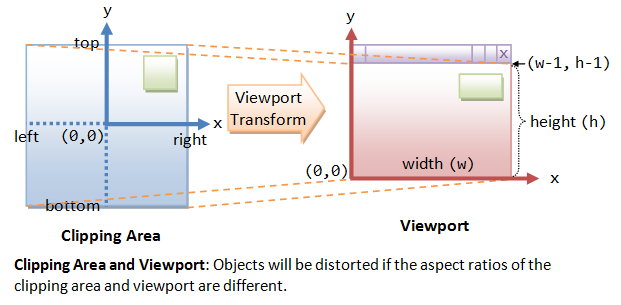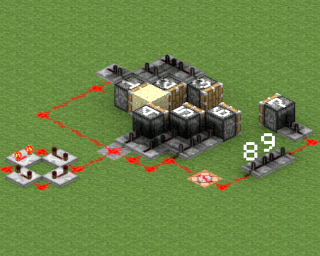
- Java lwjgl ball curved movements mac os x#
- Java lwjgl ball curved movements mac os#
- Java lwjgl ball curved movements update#
With lwjgl2 backend I launch it on my retina primary monitor and set up the viewport to be in "points", not in pixels (I just divide it by two for now), because otherwise, all UI would be ridiculously small. Please reconsider, I'd very much like to know in my app whether the hi-dpi mode is active and if it is - what the pixel/point ratio is (to use Apple terminology). You have to accomodate a lot of different screen sizes anyways, which will just work for the 2x retina case as well. A specific flag that says "This is 2x retina" doesn't make a lot of sense imo. Regarding HDPI: we actually now report the real resolution of the framebuffer instead of the logical resolution via ()/getHeight().
Java lwjgl ball curved movements mac os#
On Mac OS X, you need to pass the JVM argument -XstartOnFirstThread when starting your app.

Calling Swing/AWT stuff is thus not possible at the moment. GLFW and AWT don't play nice with each other.
Java lwjgl ball curved movements update#
Java lwjgl ball curved movements mac os x#

This needs to be covered via tools like PackR Should be resolved in GLFW, libGDX side does the proper thing. On Window (10) fullscreen switching doesn't work at all on HDPI monitors, need to test on normal monitors. Subsequent fullscreen -> fullscreen switches work as intended (but those use glfwSetWindowSize instead of creating a new window). clearColor has an effect, but rendering doesn't. On Mac OS X, the first windowed -> fullscreen switch fails in weird ways, e.g.

I take no credit for the creation of these sound effects.Compile ":gdx-backend-lwjgl3:$gdxVersion" The animation system then interpolates between these key frames dependent on their animation time.Īll sound effects in the video (which are currently all sound effects in the game) are taken from Bethesda Softworks "The Elder Scrolls IV: Oblivion".

They can be defined in plain text animation files where you define key frames and pair them with animation times. The format for the ingame models is basically a plain text modelling script that allows you to define vertices and fetch them together to create triangular surfaces with the use of a text editor.Īlmost the same goes for the animations. Minecraft uses it), as it provides JOGL itself as well as bindings for OpenAL (which are libraries for generating 3D sound) and several interface libraries that enable the use of game controlers and other input devices.Ĭredit goes to all creators of the above. It is programmed in Java and uses the Java-bindings for OpenGL (JOGL) as well as the Lightweigth Java Gaming Library (LWJGL) which is a great library for developing Java based games (e.g. This is a demonstration video of a game engine I am working on.


 0 kommentar(er)
0 kommentar(er)
